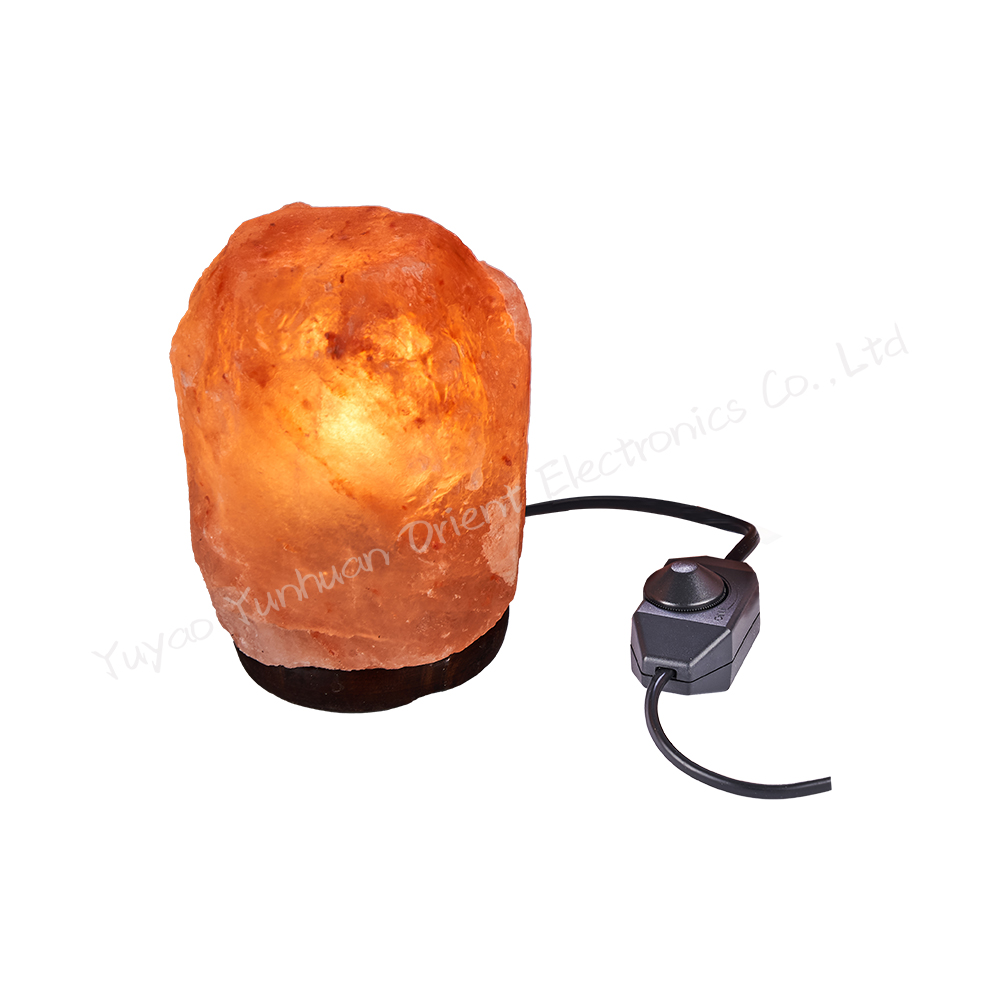In Australia, salt lamps are considered electrical appliances and must comply with specific safety standards to ensure they are safe for consumer use. The primary standard applicable to salt lamps is the **Electrical Equipment Safety System (EESS)** under the **Australian and New Zealand Electrical Safety Standards**. Here are the key points:
1. Applicable Standards
Salt lamps must comply with the following standards:
- **AS/NZS 60598.1**: General requirements for luminaires (lighting equipment).
- **AS/NZS 60598.2.1**: Specific requirements for fixed general-purpose luminaires.
- **AS/NZS 61347.1**: Safety requirements for lamp control gear (if applicable).
These standards cover electrical safety, construction, and performance requirements.
2. Key Safety Requirements
- **Electrical Safety**: Salt lamps must be designed to prevent electric shock, overheating, or fire hazards.
- **Insulation and Wiring**: Internal wiring must be properly insulated and protected from moisture, as salt lamps can attract humidity.
- **Heat Resistance**: The lamp must not overheat, and materials used must be heat-resistant.
- **Stability**: The base of the lamp must be stable to prevent tipping over.
- **Labeling**: The lamp must include proper labeling, such as voltage, wattage, and compliance marks.
3. Compliance Marks
Salt lamps sold in Australia must display the following:
-**RCM (Regulatory Compliance Mark)**: Indicates compliance with Australian electrical safety standards.
- **Supplier Information**: Name and address of the manufacturer or importer.
4. Import and Sale Requirements
- **Registration**: Suppliers must register their products on the EESS database.
- **Testing and Certification**: Salt lamps must be tested by accredited laboratories to ensure compliance with Australian standards.
- **Documentation**: Suppliers must provide technical documentation and a Declaration of Conformity.
5. Consumer Tips
- **Buy from Reputable Sellers**: Ensure the salt lamp has the RCM mark and is sold by a trusted supplier.
- **Check for Damage**: Inspect the lamp for cracks, frayed cords, or other defects before use.
- **Avoid Moisture**: Place the lamp in a dry area to prevent electrical hazards caused by humidity absorption.
6. Penalties for Non-Compliance
Selling non-compliant salt lamps in Australia can result in fines, product recalls, or legal action.
If you are a manufacturer, importer, or retailer, it is essential to ensure your salt lamps meet these standards before selling them in Australia. For more details, refer to the official **Electrical Regulatory Authorities Council (ERAC)** website or consult a certified compliance expert.
Post time: Feb-08-2025
